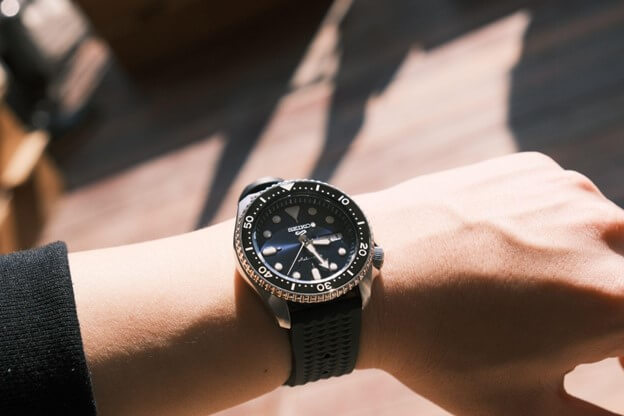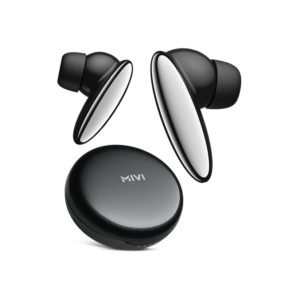When we think of watches, we often focus on their aesthetics—the gleaming cases, the elegant dials, and the stylish straps. However, beneath the surface lies an intricate and captivating world of watch movements. These movements, the mechanical engines that power timekeeping, are a testament to the ingenuity and craftsmanship of horology. They not only dictate the accuracy and functionality of a watch but also contribute to its unique personality and allure such as Seiko Philippines. In this article, we invite you to embark on a journey to explore the mesmerizing realm of watch movements, uncovering the secrets of mechanical mastery and the precision of quartz technology.
1. Mechanical Movements
At the heart of traditional watchmaking lies the magic of mechanical movements. These movements are powered by an elaborate combination of gears, springs, and escapements, working together in harmony to keep time ticking accurately. Mechanical movements can be divided into two types: manual and automatic.
2. Manual Mechanical Movements
Often found in luxurious timepieces, require the wearer to manually wind the watch to store energy in the mainspring. It’s a tactile pleasure, feeling the gears come alive with each winding, creating a beautiful connection between you and the craftsmanship within.
3. Self Winding Movements
On the other hand, automatic mechanical movements, also known as self-winding movements, use the natural motion of your wrist to wind the watch. Ingenious rotors inside the watch convert your movements into stored energy, providing a seamless and hassle-free experience without the need for daily winding.
4. Quarter Movements
In the 1960s, the watch industry witnessed a revolution with the introduction of quartz movements. These movements rely on the special properties of a quartz crystal to generate precise vibrations. Through electronic regulation, these vibrations power the movement of the watch hands.
Quartz movements are celebrated for their remarkable accuracy, often losing or gaining just a few seconds per month. They are also known for their low maintenance, typically requiring a simple battery replacement every one to two years.
The advent of quartz movements made watches more affordable and accessible to a wider audience. Today, quartz movements can be found in a diverse range of watches, from casual and sporty designs to sleek and elegant timepieces.
5. The Hybrid Movements
In a delightful blend of craftsmanship and technology, hybrid movements offer the best of both worlds. These movements combine the artistry of mechanical watches with the precision of quartz technology. They feature a mechanical base complemented by electronic components like sensors, microchips, and rechargeable batteries.
Hybrid movements offer advanced features such as activity tracking, smartphone connectivity, and extended power reserves. They seamlessly integrate the charm and complexity of mechanical watches with the convenience and modern functionality of smartwatches.
Conclusion
As we conclude our exploration of watch movements, we come to appreciate the intricate dance of gears, springs, crystals, and technology that resides within our timepieces. From the age-old marvel of mechanical movements to the quartz precision and the hybrid fusion of craftsmanship and innovation, each movement type brings its own story to the wrist.
The choice of watch movement becomes a deeply personal one, influenced by our tastes, lifestyles, and appreciation for horological artistry. Whether you find yourself captivated by the craftsmanship and tactile joy of winding a mechanical watch, drawn to the unwavering accuracy of a quartz movement, or enticed by the seamless integration of technology in a hybrid timepiece, the world of watch movements offers something for every watch lover.
So, next time you glance at your wrist to check the time, take a moment to ponder the marvels ticking away beneath the surface. Embrace the convergence of art and science, the legacy of centuries of watchmaking, and the constant pursuit of precision and elegance. Watch movements are not just mechanical components; they are the heartbeat of time itself, reminding us to cherish every passing moment.
Image source: Unsplash





Be First to Comment